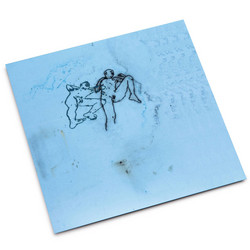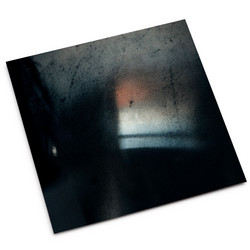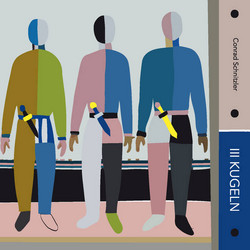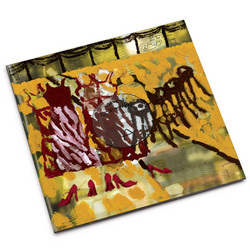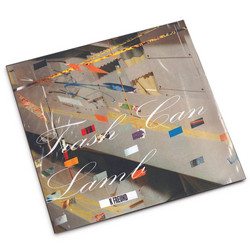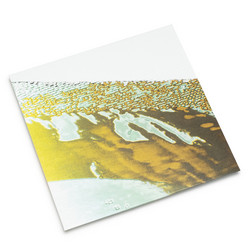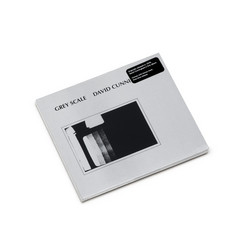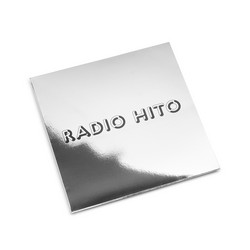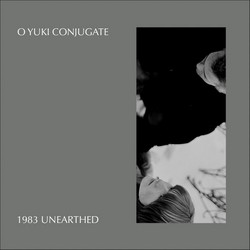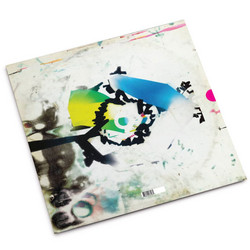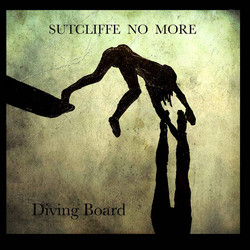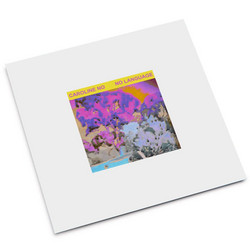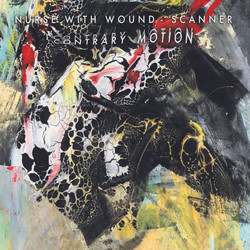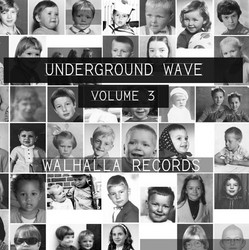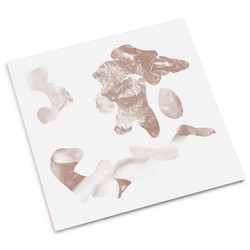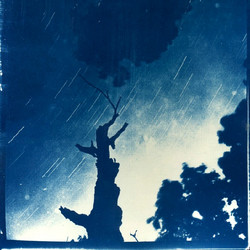Dragon Turtle Almanac is a heavy trip; a document of transformation, entropy, and causality. Dragon Turtle evokes Morricone landscapes as if painted by Glenn Branca, where dream atmospheres meet brutal realities of nature and relationships. These forces are both beautiful ("Causality", "Belt of Venus") and destructive ("Moon Fallout", "Burn the Leaves"). The textures and layers move with a sense of urgency and purpose ("Hometime", "Hourglass"). The duality of Tom Asselin and Brian Lightbody's musical relationship is also at play, converging an influence of sound spanning from John Cale and Eno to Post-Punk conglomerates of Folk and Kraut Rock. Late night sessions took place into the dawn during the height of dark transformation: post 9/11 America. The recordings began with an M Box and 3 mics in Asselin's Pocono Mountain basement , and over the course of time, acquisition of gear, and massive trial-and-error, the bunker blossomed into One Forest Studio. An empty roller rink was used as a reverb chamber while sampling Brahms' Requiem Mass. Musical recruits were brought in to flesh out ideas with distinct instruments which were effected, layered, chopped, and collaged together. The process was fueled by AM Radio Coast to Coast broadcasts of scientific mysticism and tales of lost civilizations. The muted TV radiated a constant feed of terror warnings, jingoisms, and escalations into war. “Moon Fallout” is the dream of a young child waking during Israeli air strikes in Lebanon, while "Organ Fallout" wakes the listener from disaster, an after- battle survey of the landscape. “Island of Broken Glass” takes its name from Robert Smithson's sculptural work, recanting destruction and violence inherent in the relationships between nature and man. The lyrics from this song also inspired the cover of the album, a spiraling double helix /DNA strand made of burning books. This is Dragon Turtle's evolutionary vision of history, a succession of natural degeneration and violent societal urges, that once lit cannot be extinguished, destroying man's progress as histories are erased. Historical myth, once created, is either forgotten, championed, or destroyed. Almanac examines man's destructive tendencies and documents the vision of change in man and his surroundings.

